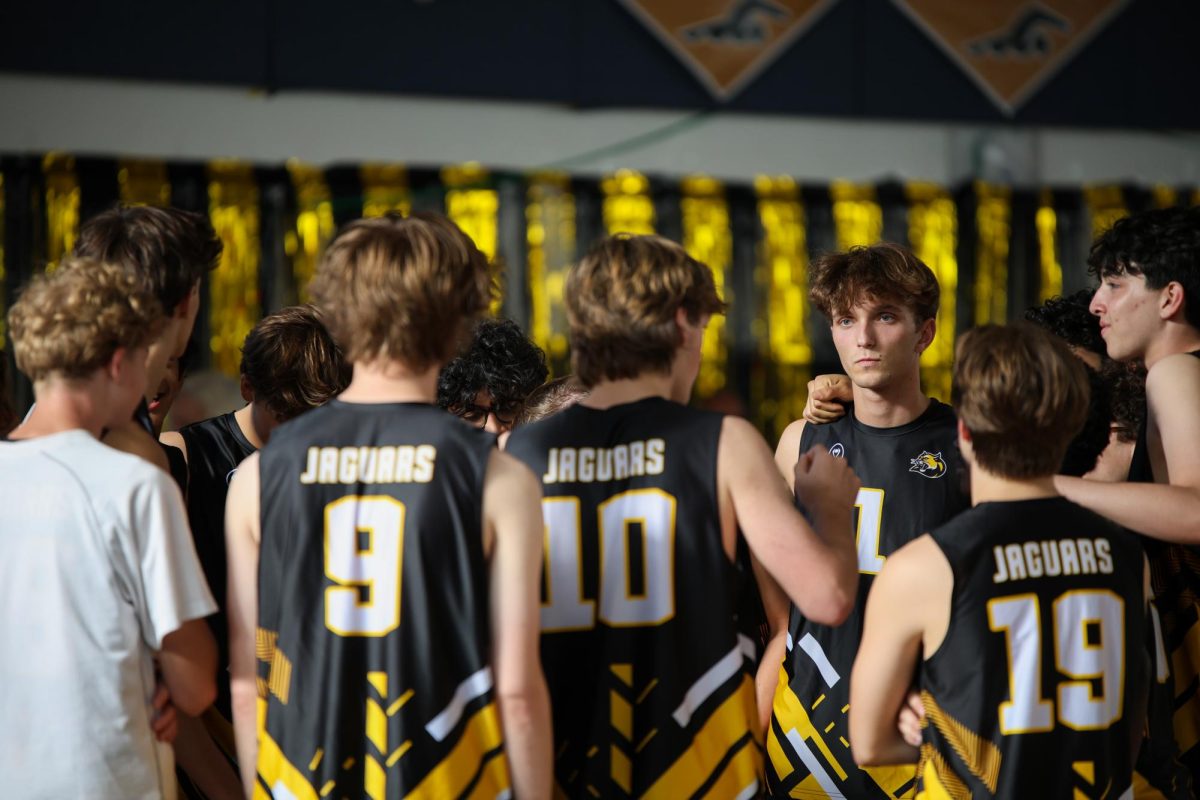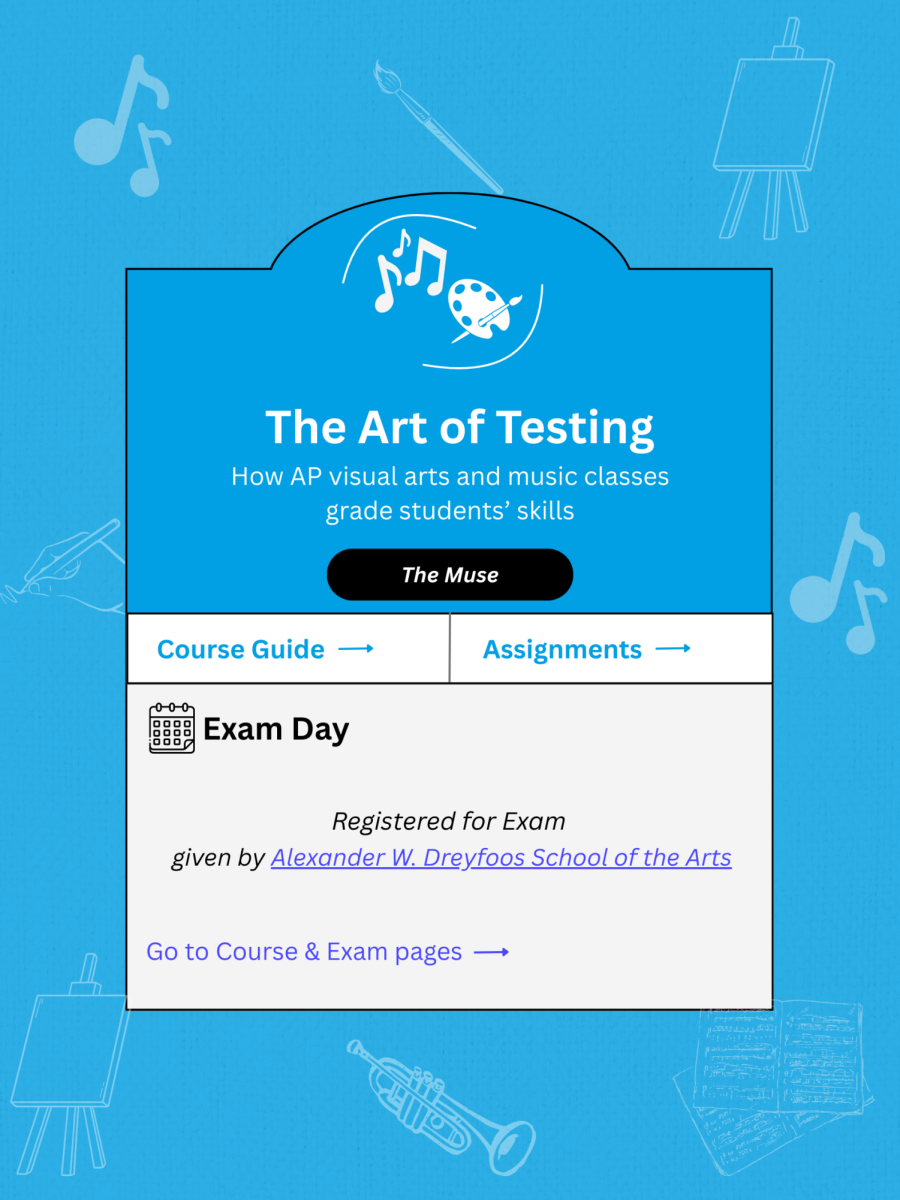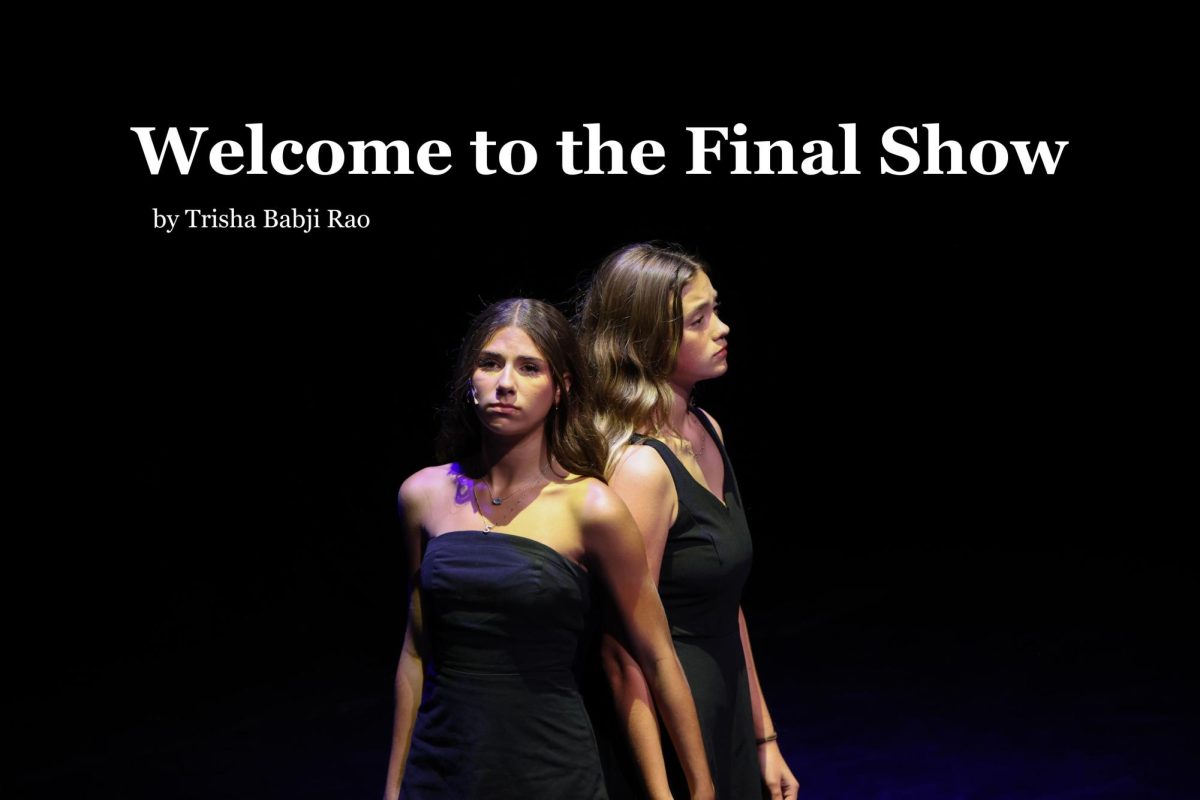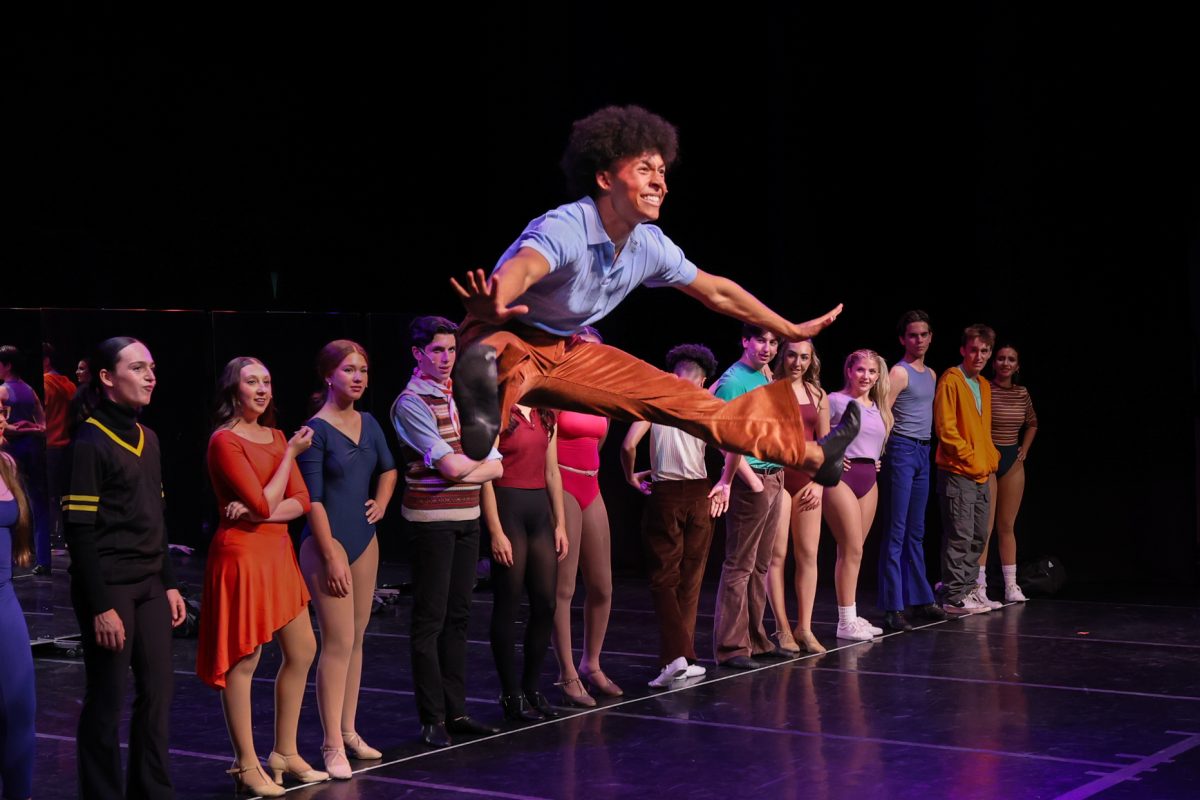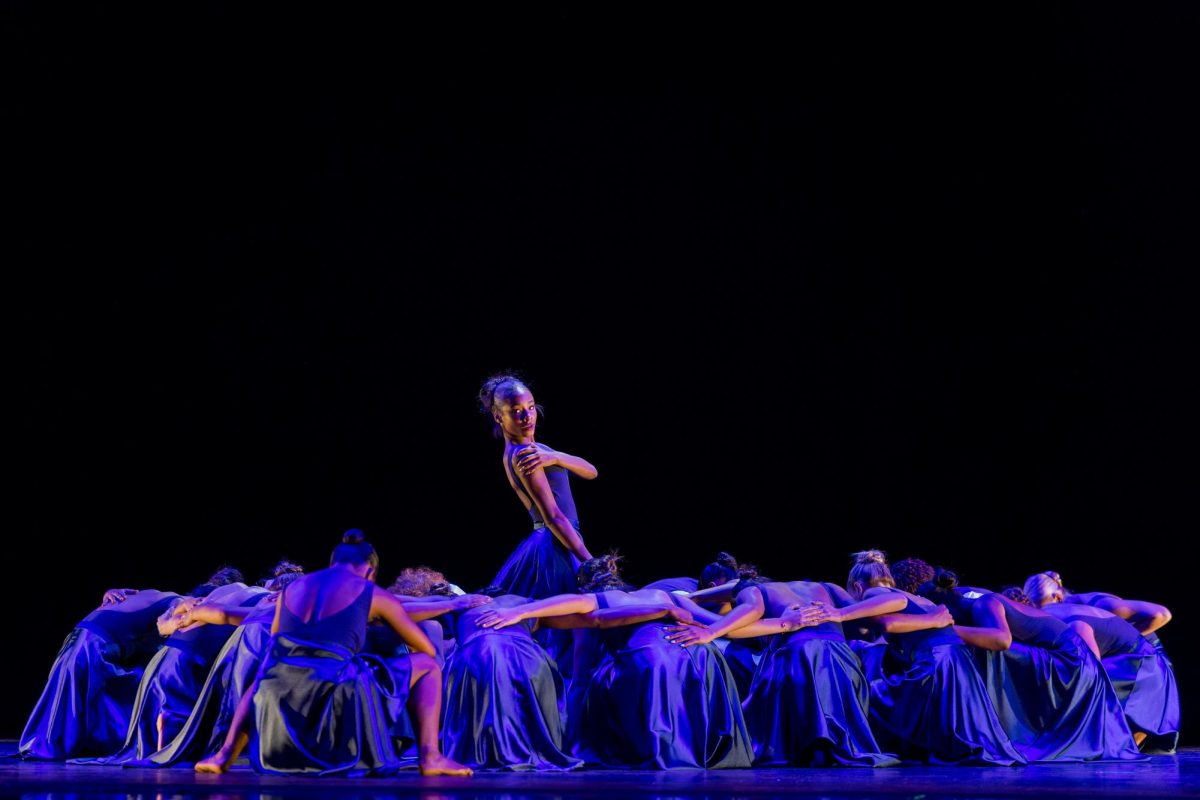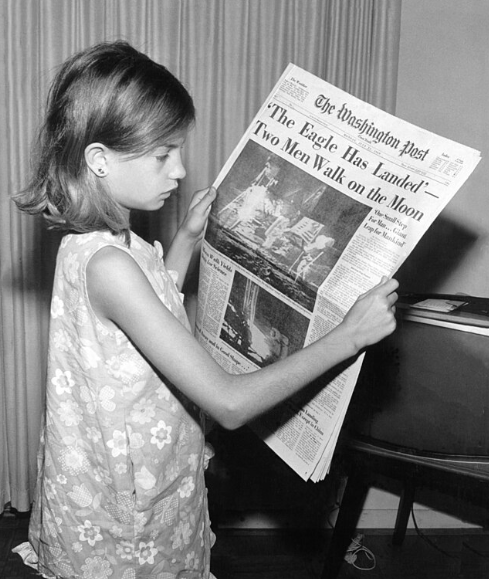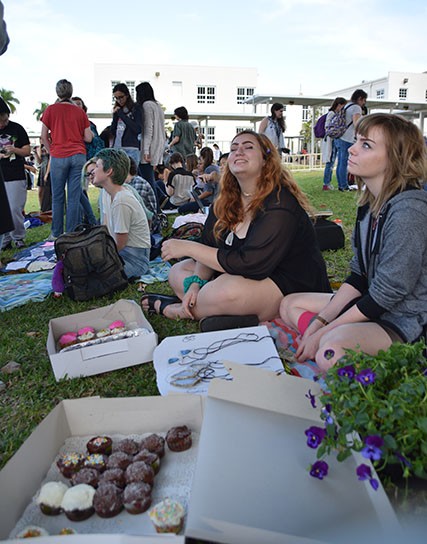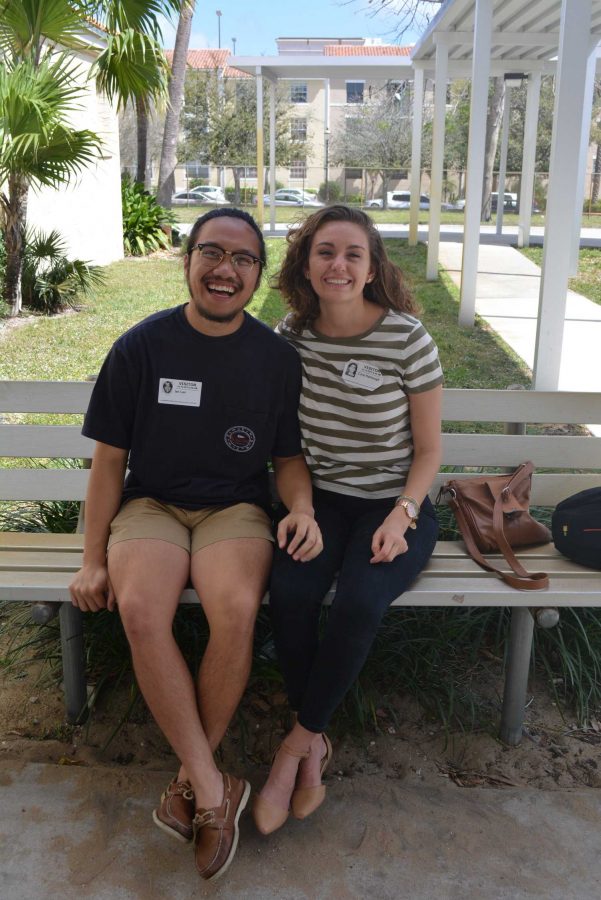A monumental Supreme Court case decision that established fundamental rights for scholastic journalists, Hazelwood v. Kuhlmeier set a legality for regulating student speech. Many ask “how far is too far” in regards to student newspapers, and this court case allows schools and principals to constitutionally draw the line. Though Hazelwood does not have as much of a funny ring to it as “Bong Hits 4 Jesus,” its verdict is similar in how it leads to censorship.
The Hazelwood East High School’s newspaper, The Spectrum, wanted to publish articles regarding diversity and teen pregnancy. It was customary for the school to have the paper submit proofs of the newspaper before publishing in order for the principal to review, so, when advisor Howard Emerson sent in the pages for Principal Robert Eugene Reynolds to read, Reynolds had some concerns. He felt that the two stories were too controversial and decided to cut two full pages from the paper, keeping five other innocent stories from being published as collateral damage. Students were not alerted ahead of time, so the young journalists found out about the last-minute cut when the published papers arrived.
Editor Cathy Kuhlmeier and other reporters filed suit, claiming the principal’s changes violated their First Amendment rights. However, once the case came to the Supreme Court, they deemed that school administrators have the right to exercise prior restraint, giving blanket topics that the school newspaper would not be able to cover.

